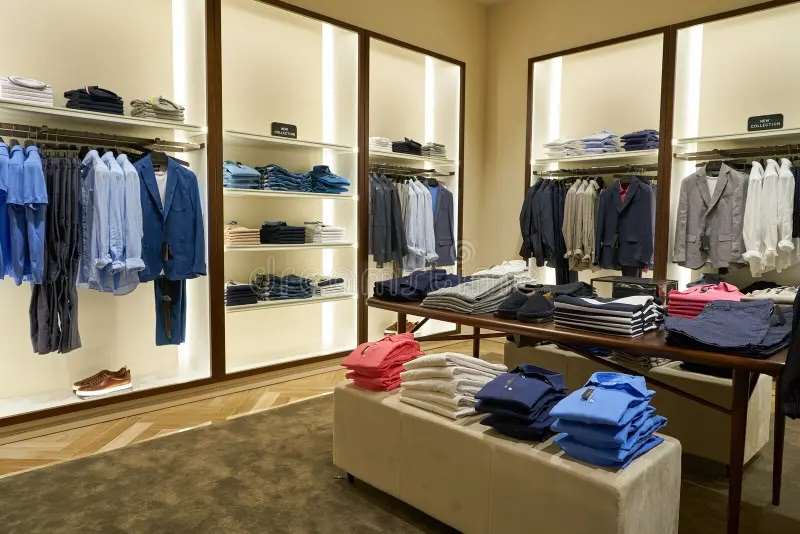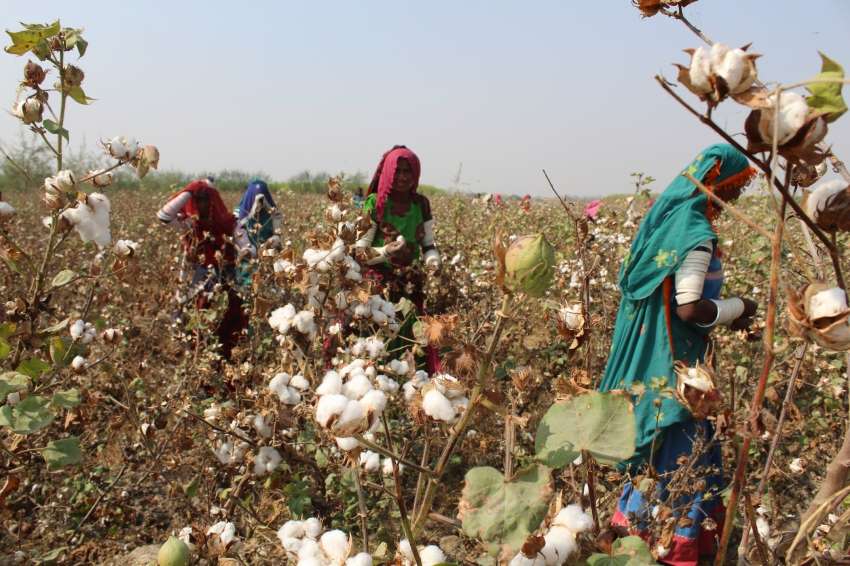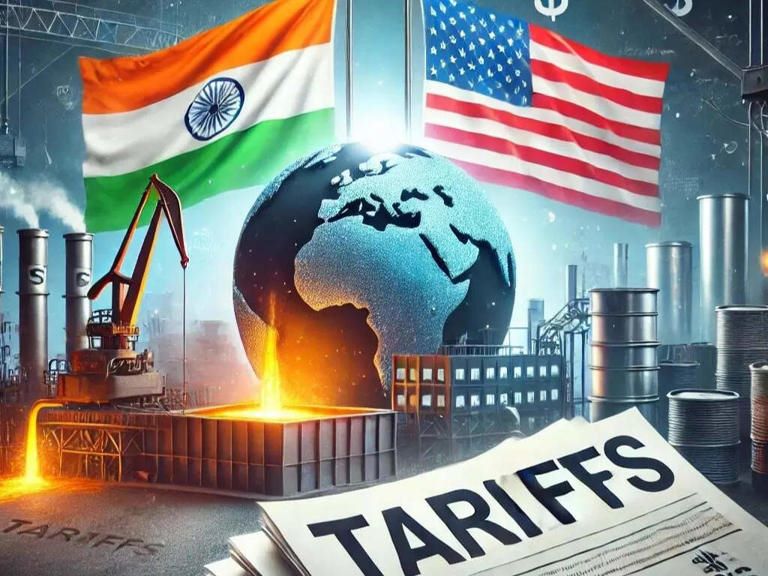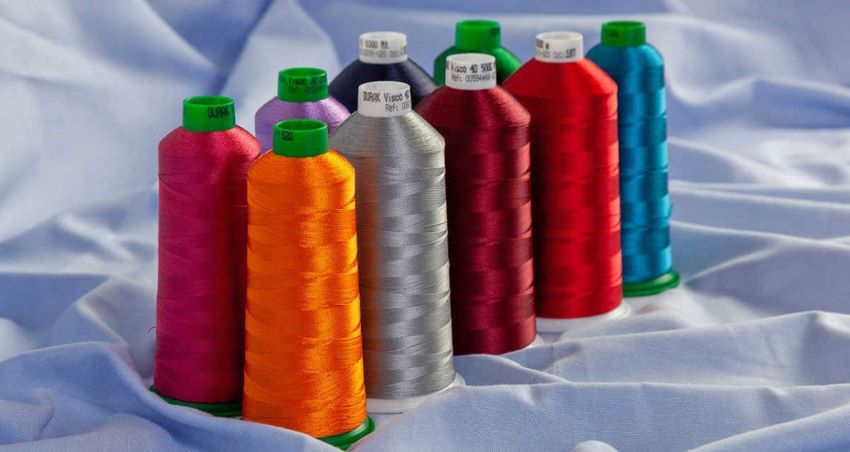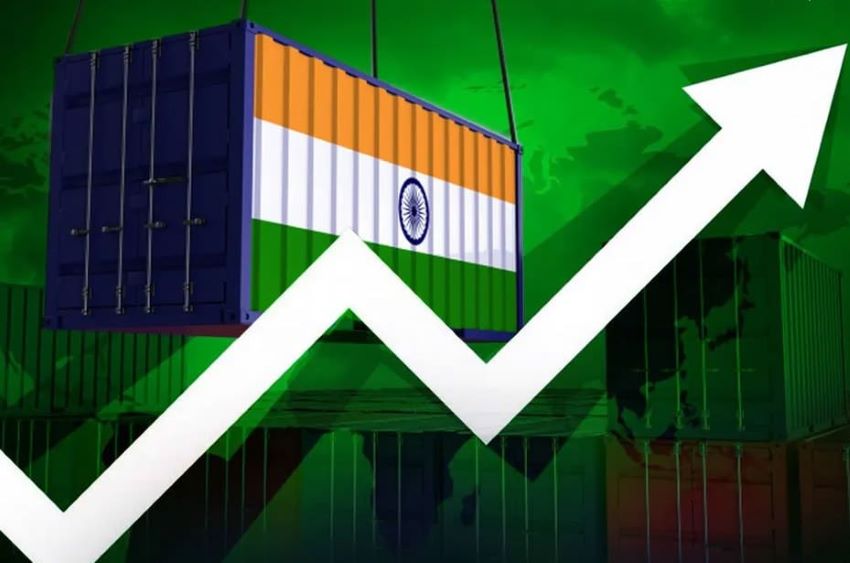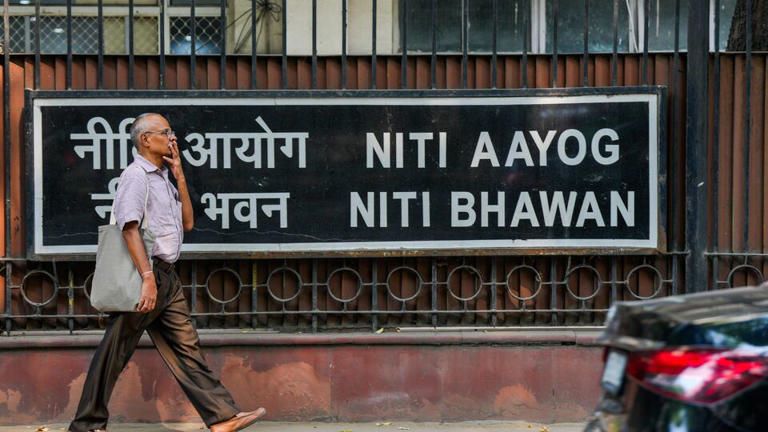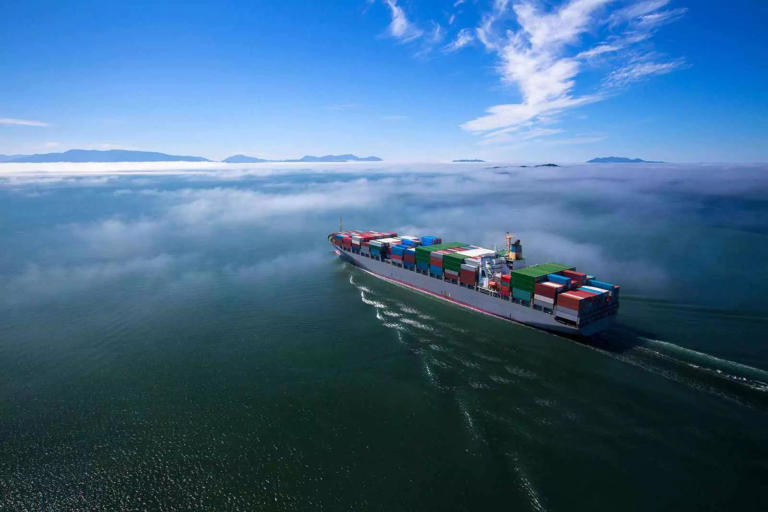FW
Bangladesh is going to start negotiations with Turkey for signing a bilateral free-trade agreement soon. The imposition of 17 per cent additional duty by Turkey on apparel items is seriously affecting exports from Bangladesh.
Apparel products account for over 75 per cent of Bangladesh’s total exports to Turkey. The signing of the proposed pact may lead to abolition of the duty on Bangladesh’s exports. In the fiscal year 2013-’14, Bangladesh exported goods worth around $856 million to Turkey while its imports from Turkey cost around $200 million.
Turkey in July 2012 levied 17 per cent additional duty on apparel from least developed countries including Bangladesh. Till then exports from these countries enjoyed zero-duty facilities in the Turkish market.
As an impact of paying the additional duty, Bangladesh’s apparel exports to Turkey came down to $355.93 million in 2011-12 from $518.32 million in 2010-11. That marked a steep fall from the 69.24 per cent growth posted in 2010-11 over apparel product shipments worth $306.27 million in 2009-10.
Bangladesh’s major exports to Turkey include apparels and clothing accessories, textile yarn and related products. Imports include lime, cement, products of chemical and allied industries, cotton yarn and cotton fabrics, iron and steel.
.
Buoyed by improvements in economic growth and consumer spending, US apparel imports in the first six months of 2014 were 2.3 per cent higher than the same period the year before. In value terms, apparel imports climbed 2.96 per cent. Retailers have stocked up in anticipation of a busy spring and summer.
China saw a 2.2 per cent rise in the volume of its shipments to the US during the first half of the year. Massive double-digit gains continue to be seen by Vietnam whose share of the US market edged up from 10.1 per cent in the first half 2013 to 11 per cent in the same period of 2014. The country is also ranked as the fastest-growing apparel supplier to the US during the year so far, booking a hike of 12.9 percent year-on-year.
Vietnam has been gaining as both producers and buyers diversify their supply chains by moving some manufacturing from China. The country is also being buoyed by the proposed Trans-Pacific Partnership trade treaty with countries including Canada and the US, which would potentially allow imports of Vietnamese products into these markets with significant tariff advantages and flexible rules of origin.
Bangladesh is the US’ third largest apparel supplier. When it comes to imports from the US other large suppliers, gains were posted during the first half of the year by India (up 8.8 per cent), Mexico (up 1.1 per cent) and Pakistan (up 3.5 per cent).
Interfiliere Shanghai and Shanghai Mode Lingerie, the leading intimates and swimwear trade shows in Asia over the last decade are back again in October. This will be their 10th anniversary. These celebrations will also pay tribute to exhibitors and visitors who’ve contributed towards the success of these shows since their first session in October 2005.
In partnership with 'Nuits de satin', Shanghai Mode Lingerie will stage an exceptional display in the Central hall, showcasing outstanding heritage pieces from the last centuries. These pieces will depict the history of lingerie, and describe in details the amazing fabrics used, in all their variety, richness and creativity.
As a part of the 10th anniversary edition, Eurovet is doing an in-depth study of 13 major Asian markets including China, Hong Kong, Taiwan, Japan, Korea, India, Sri Lanka, Bangladesh, Vietnam, Malaysia, Pakistan, Indonesia and Thailand in order to provide exclusive information on Asian market and production today. In addition to this, panel discussions will be held in six cities and capitals; Shanghai, Beijing, Chengdu, Seoul, Tokyo and Taipei to further understand consumer behavior and retail strategy.
A first glimpse on Korea and Taiwan together with the results of consumer round tables in Shanghai, Chengdu and Beijing were disclosed during a conference at Mode City Paris on July 7. For the 10th anniversary, the fashion show theme will offer ‘La Lingerie Circus’, a colorful, modern, fashionable and chic showcase. Special dedicated forum for Swimwear is a totally new initiative at Interfiliere Shanghai devoted to innovation and performance in the buoyant and growing sector of Body fashion.
www.interfiliere.com
Messe Frankfurt, the world renowned trade fair organizers with a score of having organized over 100 fairs in more than 30 countries, is all set to launch the Istanbul edition of Texworld called Texworld Istanbul. To be held in November 2014, the first edition of Texworld is already garnering a huge response from the market.
Olaf Schmidt, Vice President, Textiles & Textile Technologies, Messe Frankfurt has confirmed that Texworld Istanbul has received numerous registrations and the fair is all set to welcome around 150 exhibitors from over 10 countries. The fair shall have an array of leading brands from the leading textile manufacturing countries. While the fair primarily targets the consumers and traders of Turkey, it also aims to attract consumers and traders from Middle East, Asia and Europe.
Turkey being the biggest textile exporters, Istanbul is deemed to add leverage to the Texworld edition with its launch. While the portfolio of the products corresponds with the parent editions of Texworld, Texworld Istanbul is likely to showcase cotton and functional fabrics from Pakistan, blended and knitted fabrics from Taiwan, and lace, embroidery and silk fabrics from India, Indonesia and South Korea. Texworld Istanbul will be held from November 4 to 6, 2014 at Lütfi Kirdar International Convention & Exhibition Centre.
The cotton industry can no longer rest on its laurels as a natural fiber if it is to avoid falling further behind the man-made fiber industry. In a fast-moving world the cotton industry needs to find new ways to match synthetic fibers. In terms of market share, cotton is now less than one-third of total textiles, while 20 years ago cotton was at 48 per cent of the total textile demand.
The cotton industry moves relatively slower than the man-made fiber industry. Man-made fiber industries, by virtue of the fact they are produced in a factory, are committed to innovation and technology and are also very customer-centric. Customers are at the centre of their planning and development systems. While the cotton industry is constrained by a plethora of institutions, the man-made fiber sector is not as institution-heavy.
Man-made fibers offer flexibility. They offer stretch, which is what consumers have come to expect from their clothing. Man-made fabrics are now very breathable and pleasant to wear. Synthetics have several advantages over their natural rival: without the threat of weather or disease, quality and supplies are more consistent, prices are more stable and technology has cut costs and increased efficiency.
A company in Sweden has developed the world's first garment made entirely from recycled cotton. A Japanese company has developed a similar technology that polymerises polyester, turns it into polyester chips and then turns those chips into new fibers of equal quality. The result is a new polyester fabric that’s just as good as the fabric in the discarded clothes. The process reduces Co2 emissions by 77 per cent compared to polyester made from petroleum. Though the new garments do require non-recycled content the process also reduces the consumption of petroleum, the raw material from which polyester is made.
The prospect of clothes recycling makes fast fashion an attractive trend. The Swedish cotton recycling scores particularly well as it uses no new ingredients other than timber, whose cellulose fibers can be added to the existing cotton ones. But recycling of fabric often involves dangerous materials such as heavy metals. And because rayon is much harder to recycle than cotton, the recycling doesn't go full circle. It’s thought a better approach is to compost the clothes. Valuable nutrients could be added to clothes, which would benefit the soil when the garments are composted.
A vision is that clothes recycling will take a route similar to paper recycling. Early on in paper recycling, only a small share of paper was recycled. Now most paper is recycled and yields good results. The same thing could happen to fabric.
The All Pakistan Textile Mills Association (APTMA) is apprehending large-scale bankruptcies if energy security and affordability issues are not addressed on a war footing. Serious energy supply constraints have already led to forced closures of production capacities by 40 to 50 per cent, says APTMA. It fears the industry would be unable to procure the cotton crop already arriving in the market if the issues are not addressed immediately.
Against a target of $16 billion, Pakistan’s textile industry exports closed at $13 billion during the outgoing fiscal year. One reason is the limited energy supply, to the Punjab-based textile mills that constitute 70 per cent of the total textile industry in Pakistan.
Exports of both yarn and fabric registered 26 and 35 per cent decline in quantity terms, respectively, during the last three months. It further triggered serious supply chain issues for the value-added sector right from knitting to woven to bed linen, which consequently failed to avail of the GSP Plus facility from the EU.
APTMA has urged the government to ensure uninterrupted electricity supply to industry and expedite sales tax refunds. It also says the US should be pursued for market access facility in line with the GSP Plus facility from the EU.
www.aptma.org.pk/
Textile Exchange has released a new version of its Global Recycling Standard. For the first time this version includes restrictions on chemicals used in the production of GRS products.
GRS Version 3 aims to provide brands with a tool for more accurate labeling of recycled textile products and better information to consumers. Control Union Certifications launched the first Global Recycling Standard (GRS) for textiles and clothing in 2008 to ensure greater sourcing clarity right through the production supply chain. Control Union Certifications is a Netherlands-based group of international industries. GRS intends to provide brands with a tool to encourage innovation in the use of reclaimed materials, to encourage and reward a strong commitment to social and environmental improvements in production.
The GRS is a three-tiered system with the gold standard requiring products to contain 95 per cent to 100 per cent recycled material; the silver standard requires products to be made of 70 per cent to 95 per cent recycled products; and the bronze standard requires products to have a minimum of 30 per cent recycled content.
Ownership was passed to Textile Exchange in 2011. Textile Exchange initiated a revision of the standard in early 2012 and an International Working Group of Certification Bodies was developed to revise the standard.
textileexchange.org
Invista is working with renowned finishing expert Garmon and premiere mill Candiani Denim to introduce a concept collection of jeans with unique aesthetics utilizing low impact finishing treatments specifically designed for elastomeric fabrics. Invista is a leading provider of fiber and fabric solutions to the denim industry.
The collection brings together the best in fiber, fabric, and finish development. The garments are made with Invista’s dual FX technology which combines Lycra fiber and Lycra T400 fiber in a single yarn for fabrics with high stretch and excellent recovery. The fabrics are designed and constructed by Candiani Denim, which has been producing fashionable, high-quality fabrics for over 75 years. And finally the jeans are finished by Garmon, which combines unique chemical processes with Italian-inspired design to create denim garments with fashionable appeal.
The range debuted at Kingpins Los Angeles earlier this month and will be displayed at upcoming denim trade shows including Kingpins Hong Kong (August 19 to 20) and Kingpins Amsterdam (October 29 to 30).
Invista is also known for its brand Cordura. This is a fabric which is a primary ingredient in many of the world’s leading high performance gear and apparel products ranging from luggage, upholstery and backpacks to footwear, military equipment, tactical wear, work wear and performance apparel.
www.invista.com/en/index.html
World organic cotton production has declined 21 per cent since last year. This means brands seeking to use organic cotton in their ranges over the next few years are likely to face a supply shortage. H&M and C&A in particular have made commitments to use 100 per cent organic cotton by 2020.
Overall production of natural fibers fell 3 per cent in 2013, with conventional cotton production declining 4.1 per cent compared to the year before. This is due to a number of issues, including competition from other crops, greater use of polyester following a spike in international cotton prices in 2010-11, and a government stockpiling program in China (since discontinued), which removed much of the excess cotton from the world market and also contributed to high prices.
But there are specific challenges facing the organic cotton sector, including a scarcity of good quality non-GMO (genetically modified organism) seed, and the threat of GMO contamination and the resulting loss of product integrity. Also there is also a lack of business security for farmers who switch to organic agriculture. Converting to organic farming requires specialist knowledge and can take up to three years to be verified, during which time yields may dip as soils recover their fertility.

